From the elements that indicate a good espresso extraction, the crema is probably one of the easiest to execute. Here's our tips on how to create a perfect crema every time!
What is crema?
Crema, is a layer of caramel colored creme that lays on top of espresso. It gives it a texture, taste and above all it indicates a successful extraction of coffee beans. Essentially, crema is the oil from the coffee that has been extracted by the machine. If the machine did not do a good job (lack of pressure, low temperature ect…) or if the grind wasn’t correct, not enough coffee or an issue with the filter, the crema will be affected.
In addition, the characteristics of the coffee beans used are reflected in the crema. As a general rule, the better the quality of the coffee, the better the crema will be, and vice versa. Additionally, coffee blends that are oilier due to the roasting or origin of the beans will produce a thicker crema.
Crema is also essential when creating latte art, those little drawings made by your barista at the coffee shop down the street. No crema, no latte art (or, at least, it gets a lot more difficult).
How to get a perfect crema?
In fact, if you have extracted your espresso correctly, you should obtain a nice crema. Now, you should not expect the same quality of crema at home as that made at your favorite coffee shop: since the power of a commercial machine cannot be compared to what your residential machine can offer you. The pressure of the machine being a crucial point in obtaining a magnificent crema, it is therefore normal that your result at home is a little less impressive than in a store.
So, to extract a perfect crema in your kitchen, you simply need to make sure you produce an equally perfect espresso. The basic rules: have a good grind, choose quality fresh coffee, use the right quantity of coffee and press your coffee well in the filter holder. You will find all of our professional tips here.
What does a perfect crema look like?
You've brought all the variables together to get the best crema possible; now, you have to know what this perfect crema looks like! You will be able to conclude if you have an element to adjust in your machine or your preparation.
Texture
The texture of the crema should be frothy, but dense and quite thick. Right after extraction, the crema makes up about ¼ to ⅓ of the volume of liquid in the cup. It will then reduce in volume to approximately 1/10 of the total. If you tilt this cup 45° and then level it again, the crema should stick to the espresso and spring back into shape, a bit like a rubber band.
To find out if your crema has an optimal texture, you can do the sugar test: pour a little sugar onto the surface of the crema. This should stay on the surface for a few seconds, then pierce the foam and sink to the bottom. If the sugar passes through the crema instantly, the crema is too liquid, which may mean your coffee is ground too fine.
Apperance
Upon extraction, the dose of espresso will look a bit like a Guinness beer: you will be able to observe the “fall” of the crema, its separation from the espresso itself, which produces small waves.
In terms of color, the spectrum is wide: it can be a pale caramel, almost yellow, in the case of a very light roasted coffee, to a very dark brown if the coffee is dark roasted. What is certain is that whatever its color, the crema will reveal small tiger patterns, which testifies to a good extraction.
Taste
Obviously, the taste of the crema varies enormously from one mixture to another. On the other hand, what is certain is that it should not be saturated with aggressive flavors: it has a sweet side, and leaves a hint of bitterness in the mouth.
About the bottomless portafilter
The first images of the bottomless filter holder appeared quite recently, around 2004. The co-founder of the Barista Guild of America and coffee specialist, Chris Davidson, had developed a bottomless filter holder with his colleagues to see what looked like the extraction.
It is also called a “naked portafilter”. It lives up to its name because it allows baristas to analyze espresso extraction more precisely than with a spouted portafilter. In particular, we can observe if there is channeling, if the grind is correct or if the coffee has been pressed incorrectly.
In addition to this ability to observe the espresso, the bottomless filter holder also allows you to keep all of the crema instead of losing a small part of it in the transfer to the spouts. This comes in handy for latte art, but it also makes the coffee taste better. It is used like its cousin with beak(s)


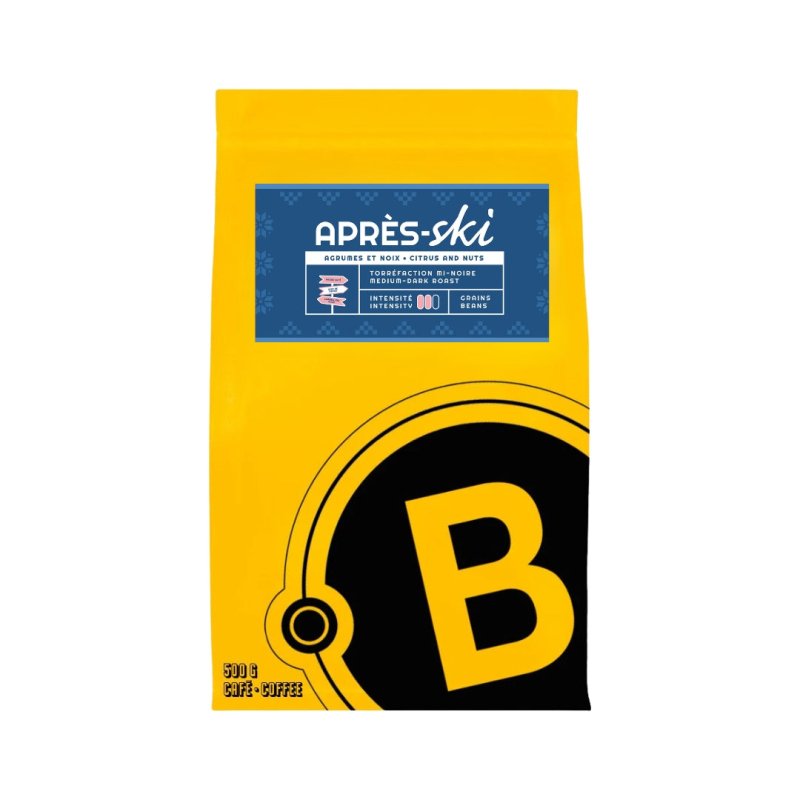
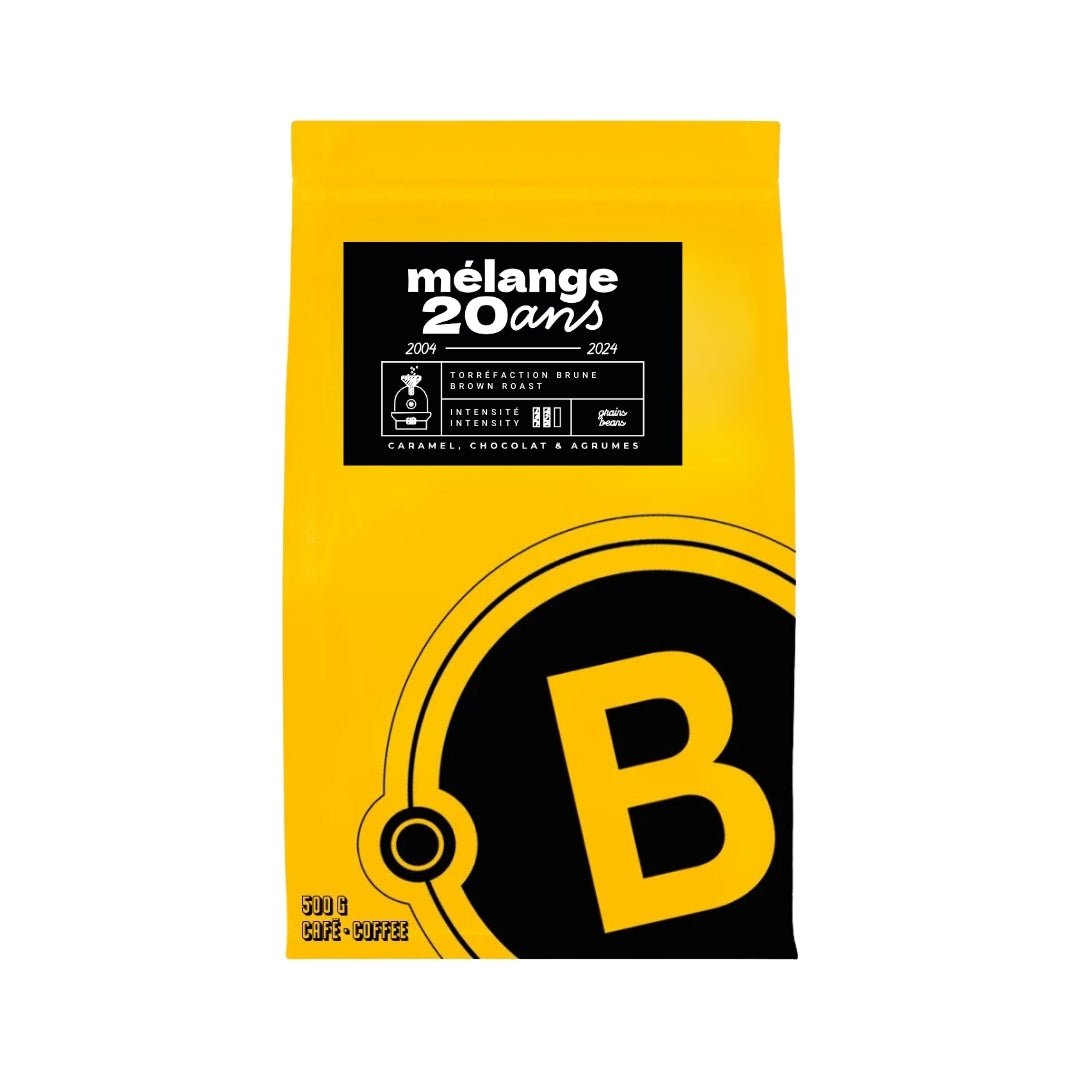
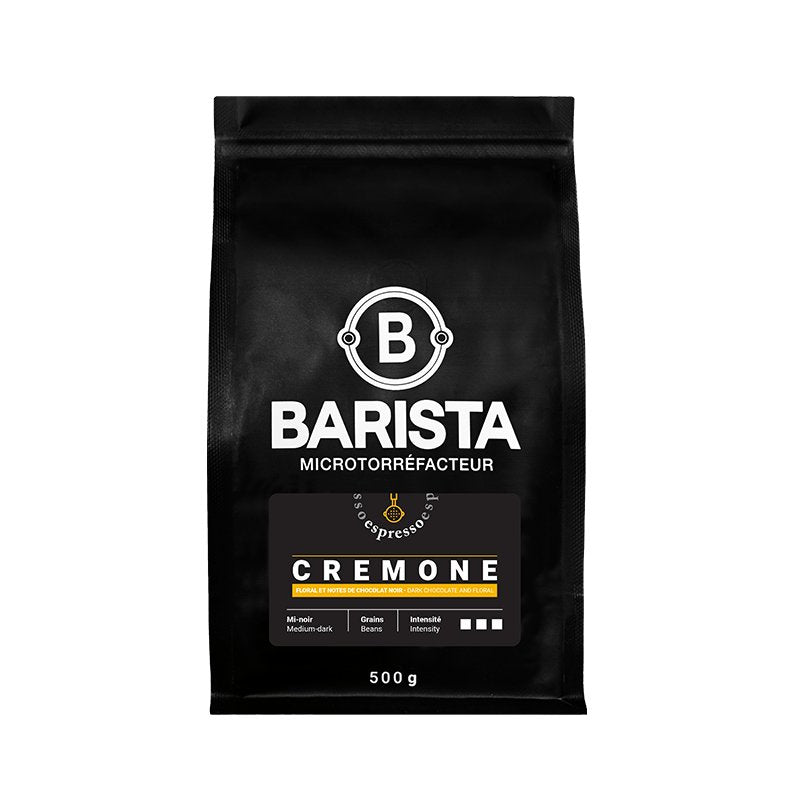
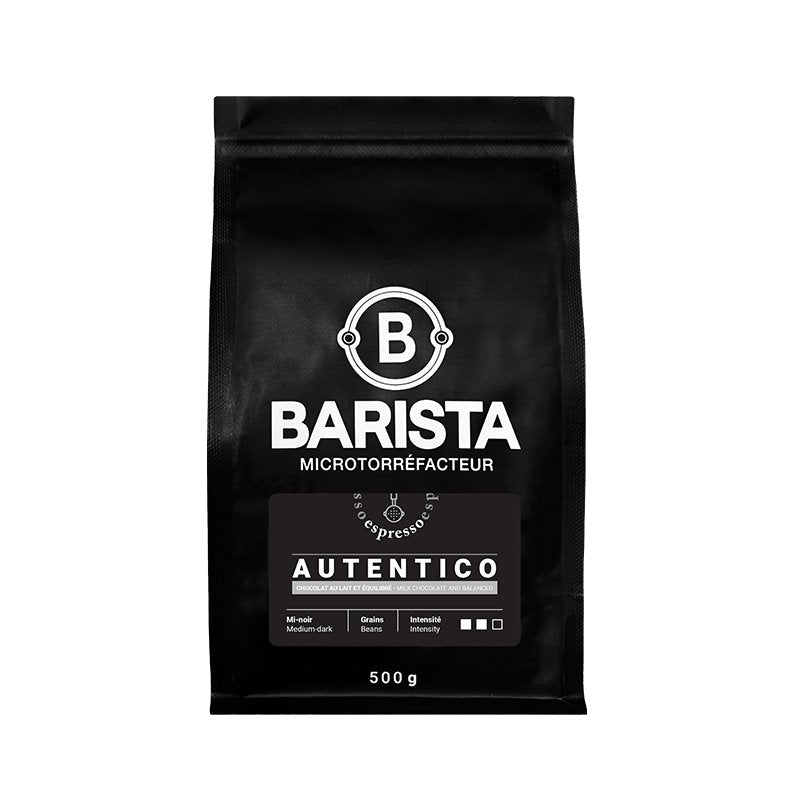
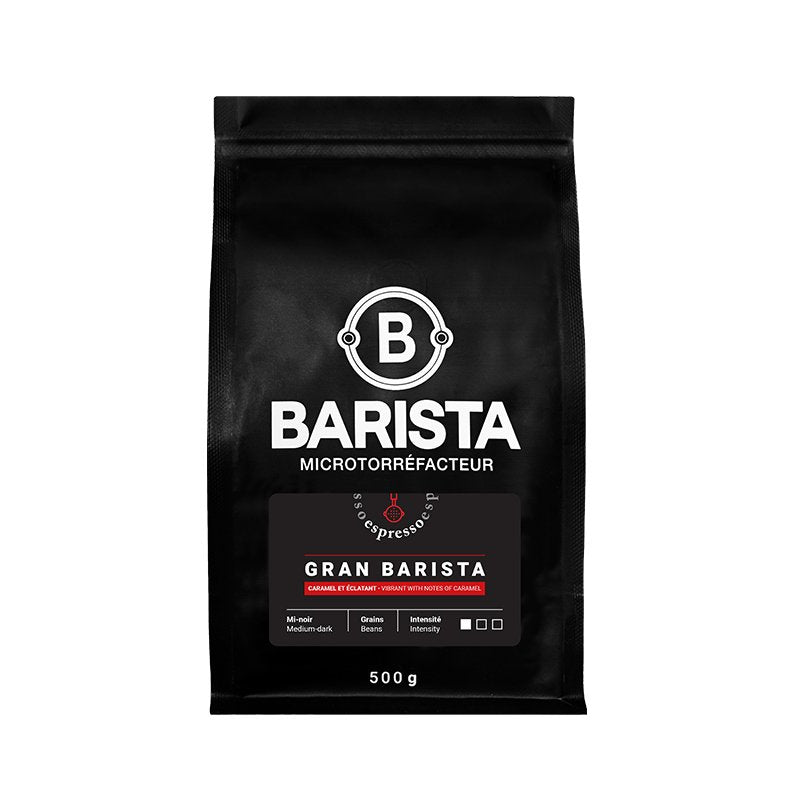
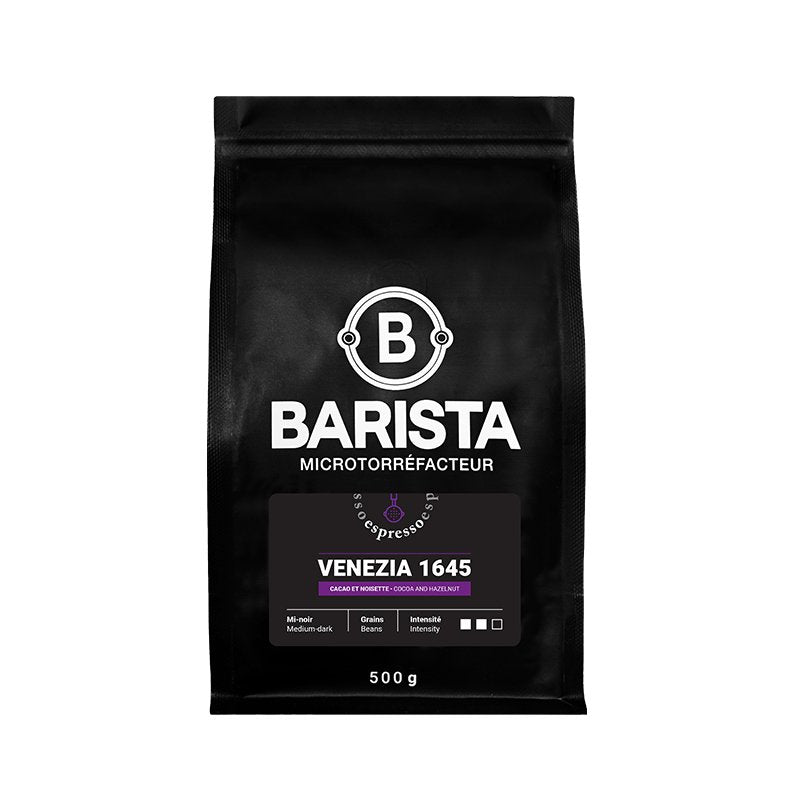
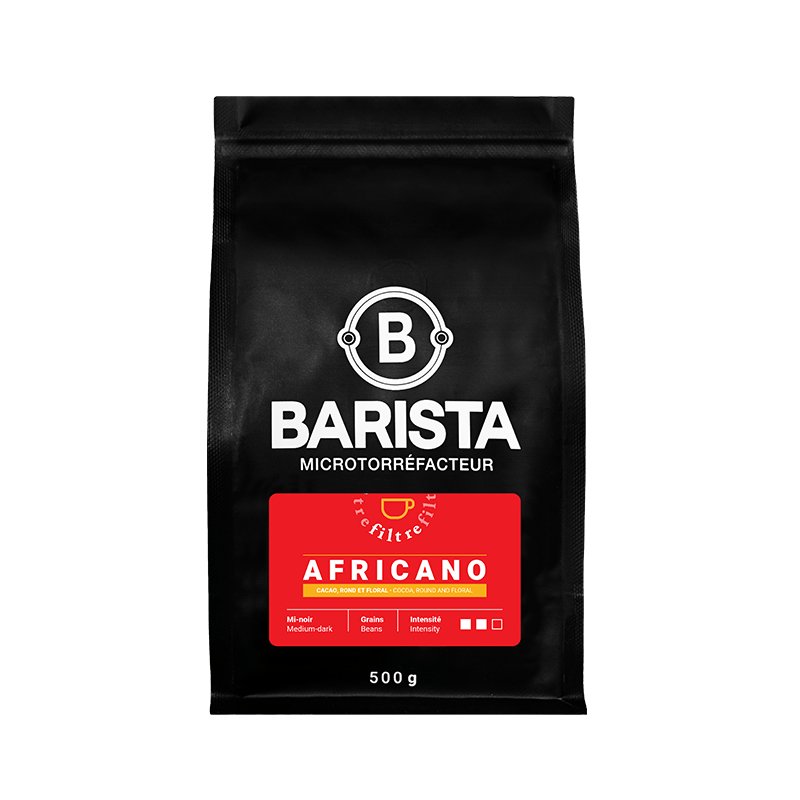

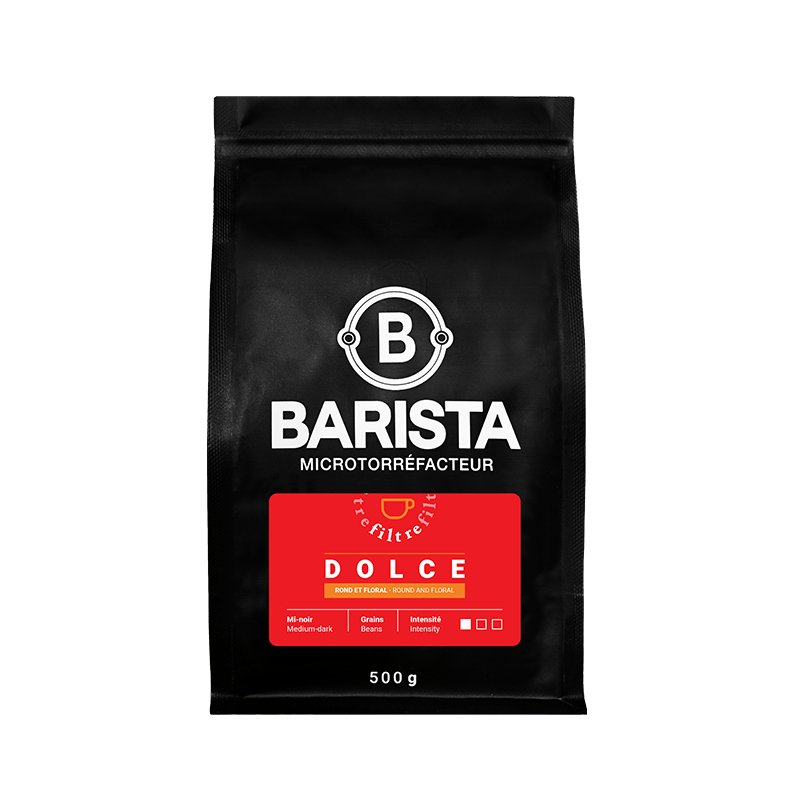
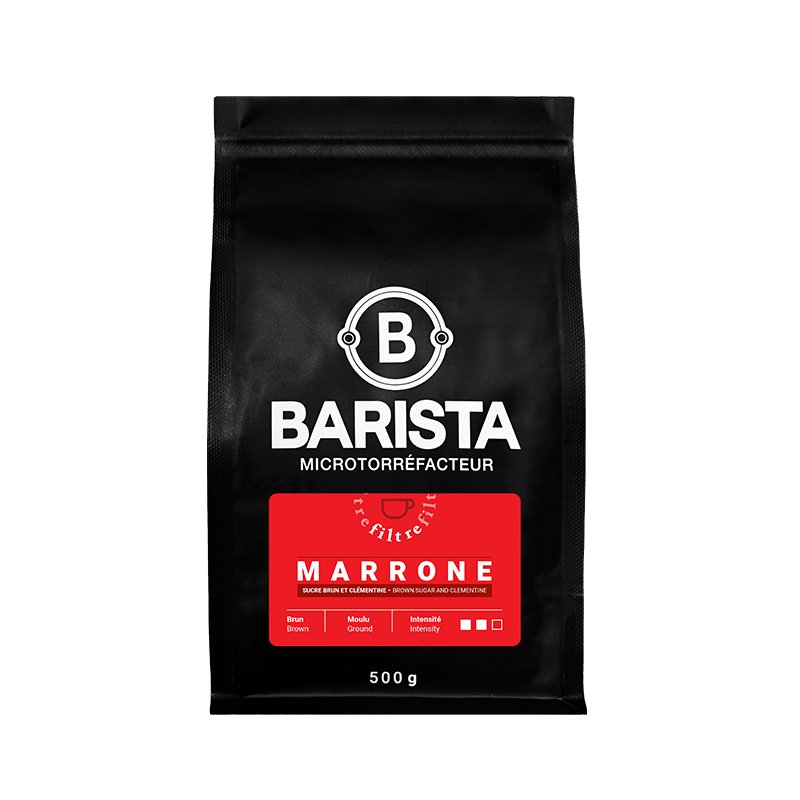
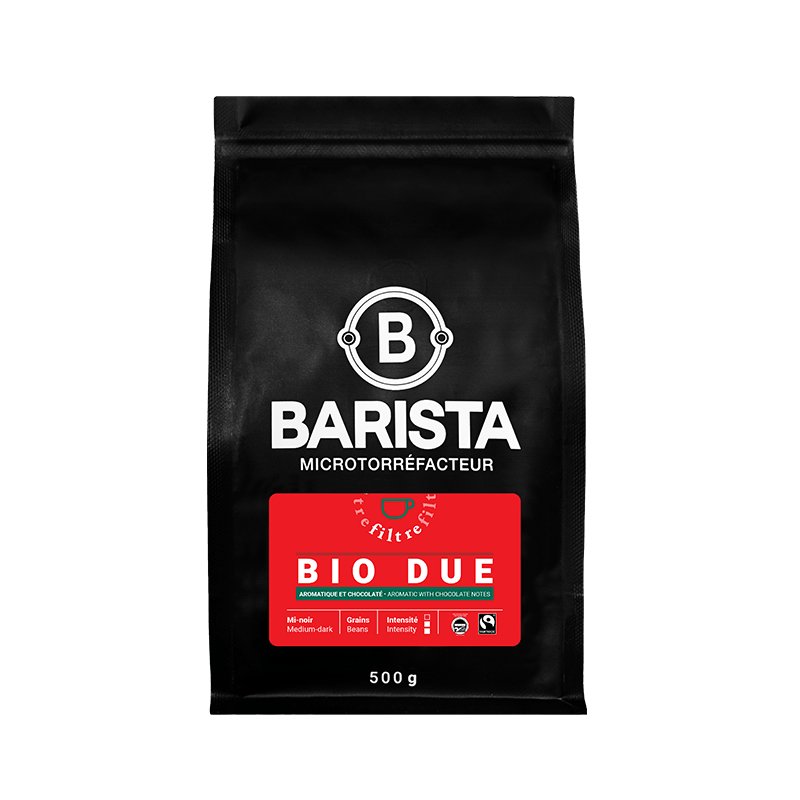
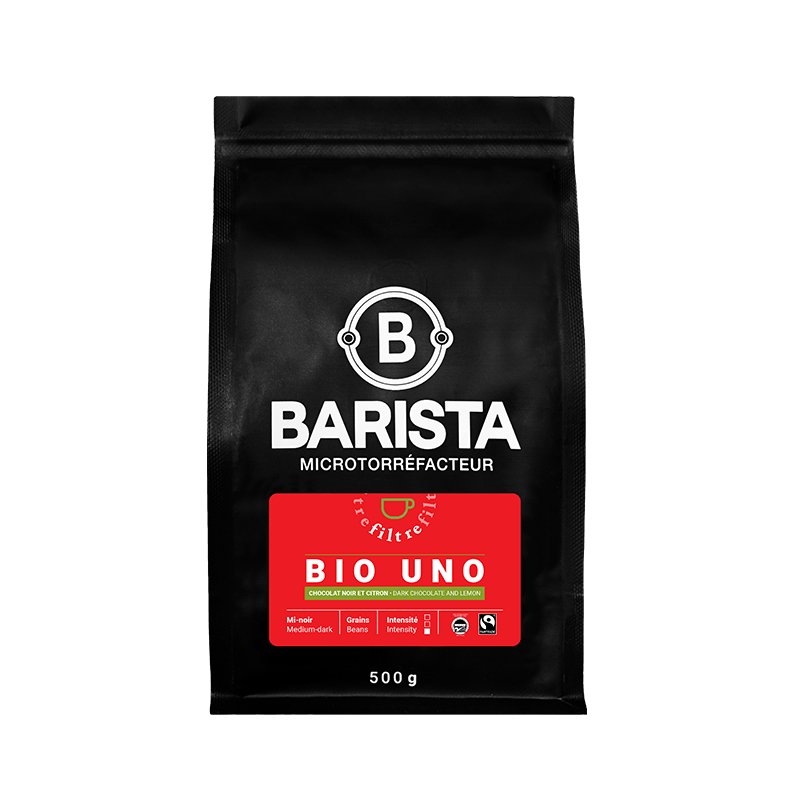
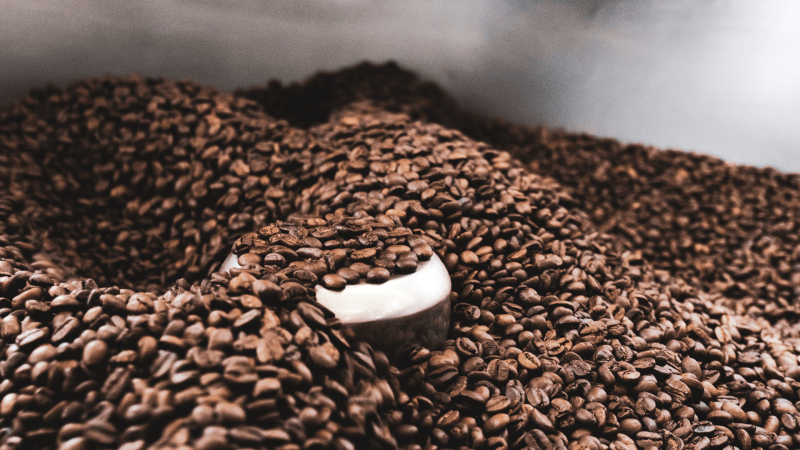
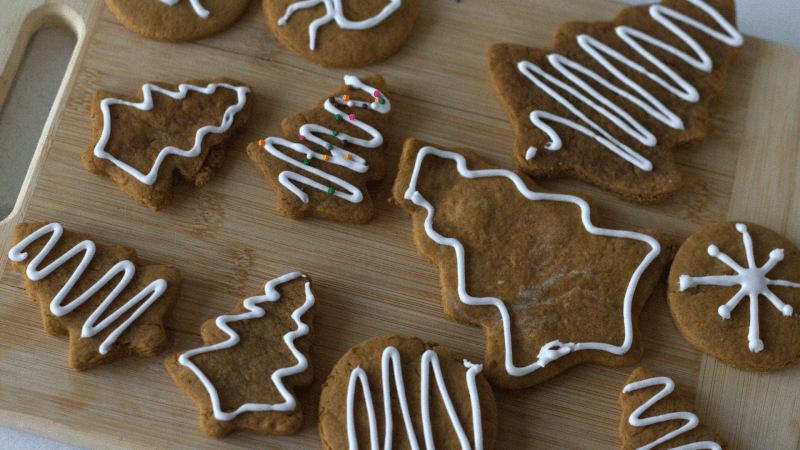
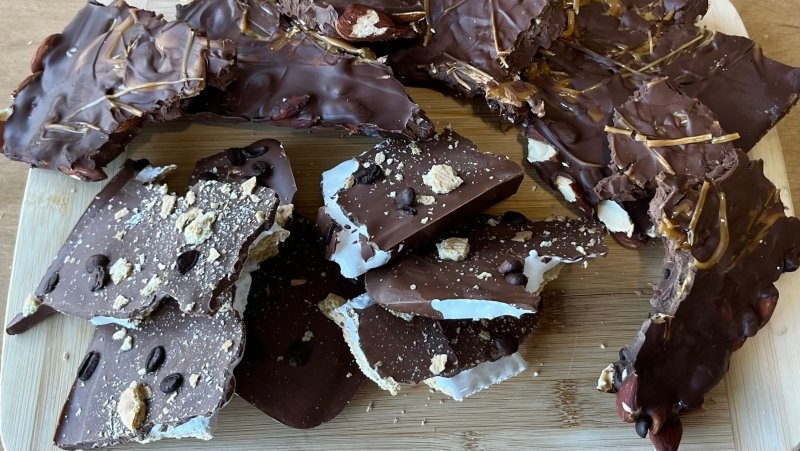
Share:
Cafellini: Two Locations, One Exceptional Café
Coffee Ceremonies in Ethiopia